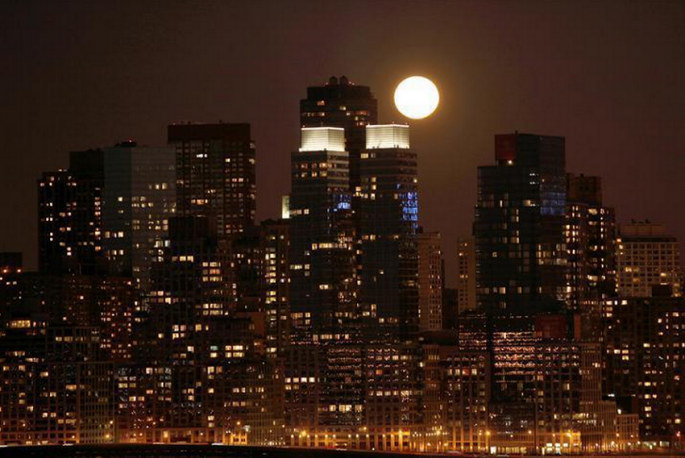A supermoon lunar eclipse is expected to occur on Sept. 28. The supermoon will be observable to spectators in South and North America as well as western Asia, Africa, Europe and the eastern Pacific Ocean region.
The observers will witness the moon that will be larger than normal and bright with a noticeable red tinge. It will also, since 1982, be the first ever super-moon lunar eclipse and the next are expected to happen in 2033.
When viewed at perigee, the full moon at perigee is called a supermoon because, at perigee, the moon is at a point on its elliptical orbit closest to Earth, according to Time And Date. When viewed here, the supermoon appears bigger and brighter than it is normally at apogee ( the furthest point on its orbit) on a scale of 14 percent.
When one considers a full moon and then adds the closest approach that the moon makes to the Earth on its ovoid orbit, it results to a supermoonmoon, which is 14 percent larger in diameter, according to by Daily Mail.
Therefore, the supermoon is apparently a special type of lunar eclipse. Lunar eclipses are more common and happen every two-and-a-half years. They come about when the earth is crossing in between the sun and the moon.
The moon passes through the shadow of the earth but doesn't completely turn dark. Instead, it gives a red tinge, a phenomenon that occurs due to bending of light by the earth's atmosphere.
From scientific facts, this time round, the moon will be at perigee, and the results are an impending supermoon. It will be the beginning of "Tetrad," a period believed to mark the beginning of momentous events in some religions.
On Sep. 28, if you are in the mentioned regions, you will be lucky to see the supermoon. The rest will have to have as well to wait for 18 more years to chance their luck again for the supermoon.



























